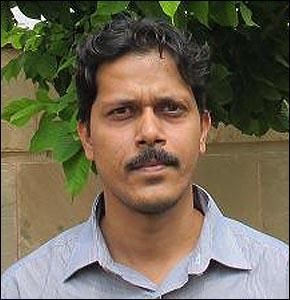Household responses in 26 Bihar villages one year after tubewells were tested for arsenic for a fee
This project responds to the need of tens of millions of rural households across the Indo-Gangetic Plain to have their tubewell tested for arsenic. Chronic exposure to arsenic by drinking groundwater at over 10 times the level of the current World Health Organization guideline of 10 microgram per liter has been shown to double all-cause deaths in a large cohort study conducted in Bangladesh. Arsenic in tubewell water has also been associated with impaired intellectual and motor function in children. In addition, irrigation of rice paddies with groundwater has been shown to lead to the gradual build-up of arsenic in soil and, consequently, a marked reduction in yields. Such impacts on human health and agricultural productivity are bound to have a significant impact on growth.
Because the distribution of arsenic in groundwater is highly variable spatially, and temporal variability is limited, field testing is most effective at distinguishing the subset of wells within a village that can be used for drinking and cooking from those suitable only for washing. The aim of this project is to explore the feasibility, cost, and monitoring needs of a semi-commercial service for testing arsenic in tubewell water in India and, eventually, throughout South Asia. The key advantage of a household contribution is that it creates an incentive for entrepreneurs to seek out untested wells and offer to test them. The stage for such a pilot has been set by the inability of government and NGOs over the past 20 years to ensure that most tubewells in high-risk areas are tested for arsenic.
The goal of this study was to determine the willingness of rural households in the state of Bihar, India, to have their tubewell tested for arsenic for a fee. Following public information sessions describing the health risks associated with drinking high-arsenic drinking water, a total of 1,804 households distributed across 26 small to medium-sized villages were offered a test between October and December 2012. The intervention undertaken by van Geen and Kumar Singh demonstrates that a tester could earn a living, cover transportation costs, and test most wells in a village by collecting a 20 Rs fee from 10-20 households a day without unduly discriminating against poorer households, while most households were not willing to cover the estimated total cost of a test of 100-150 Rs.






